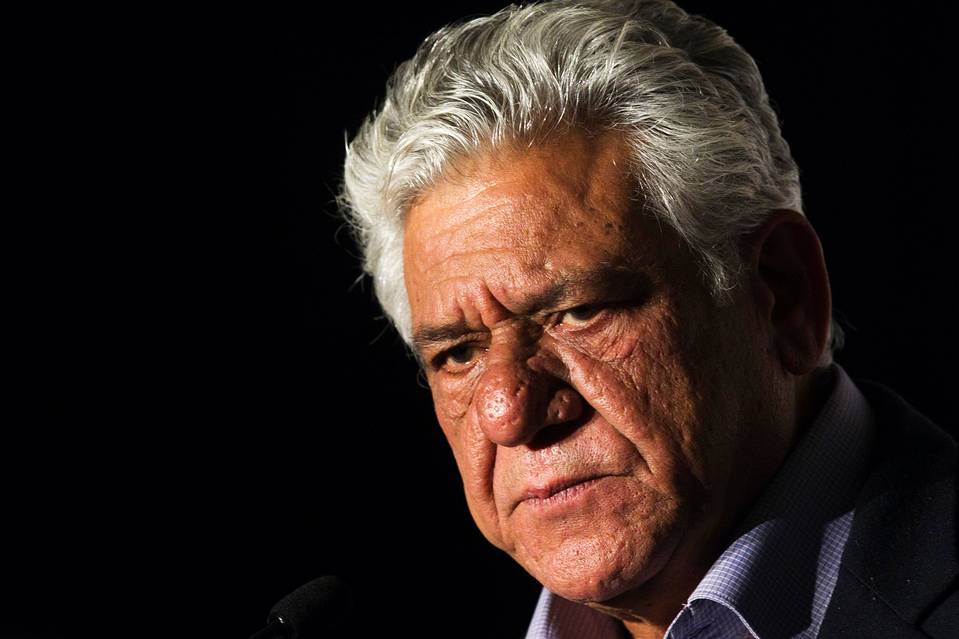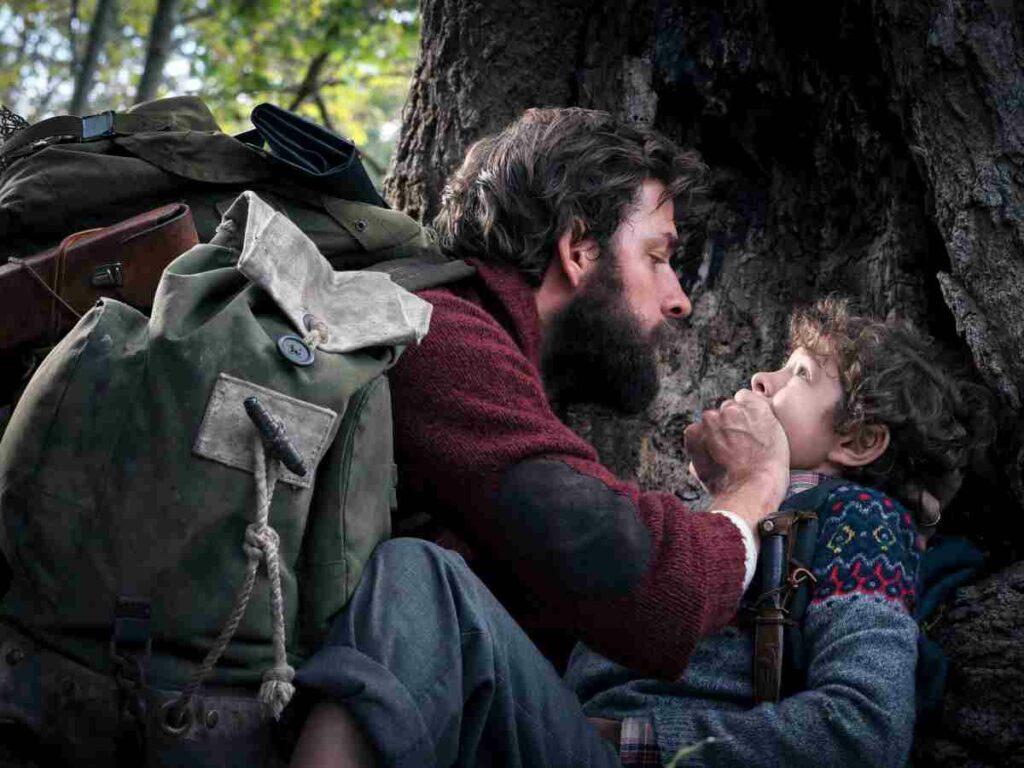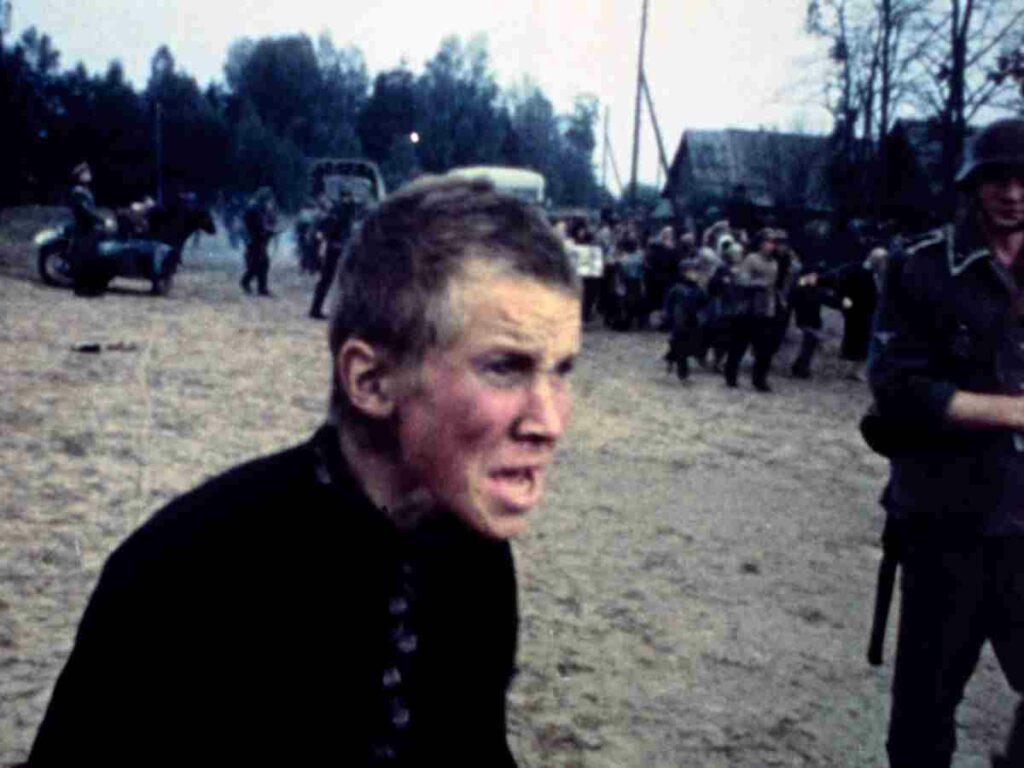One of the finest actors in Hindi cinema, the late Om Puri’s work spans over 250 films in a 30-year long career. He was held in high regard not just for his remarkable body of work in India but internationally. I just finished reading his (highly controversial) biography Unlikely Hero, penned by wife and journalist Nandita Puri. The iconic actor, who’s an institution in himself, shared some very valuable advice in the final chapter. A treasure trove for aspiring actors! I’ve put it down here, as is:
1. Observation
This is perhaps one of the most important tools for an actor. Not only does an actor need to observe and notice his surroundings, he has to take a deep interest in what her observes. As a child, I would often go to the marketplace or the railway station and observe people and their movements and mannerisms.
By observation, I imply feelings and imaginations as well. Even reading newspapers or hearing the radio, sharpens those senses. For instance, soon after the Latur earthquake the story of a little boy moved me deeply. He had lost his entire family in the calamity but refuse to cry for many days till one day he saw his domestic cow. He hugged it and howled. I tried to imagine his emotions and I could feel the tragedy as mine.
2. Intellect and Instinct
Though they are very different, these two primary abilities go hand-in-hand. To be a good actor you need to be well read and well-informed, while acting spontaneously.
3. Involvement and Detachment
It is of utmost importance to be totally involved as an actor, yet there has to be a kind of detachment. A good actor is one who will be objective about his character without losing his passion. Only passion make you an indulgent performer. For example, while Waheeda Rehman excelled in drama, Meena Kumari excelled in melodrama.
Take a situation in a scene when you get a phone call informing you of your brother’s death. Think what the character would really do. If he is a nervy, he may rush out in panic or start howling, if not, he may simply put his wallet and keys in his pocket, lock the door and head out, while intensifying the emotion through the face, not through exaggerated bodily gestures.
4. Subtext
An actor enacts according to his script, but how well he enacts will be based on his reading of the text alone. There is a subtext to everything, the ‘between the lines,’ which is instrumental in moulding an actor’s sensibilities for a well-rounded performance.
While preparing for a role you have to find out more about the character. For example, there is a scene in the text where a young man walks to the bus stop to meet his girlfriend, wearing jeans and a kurta. Now, your work on the subtext begins.
Why is the man walking; does he not have enough money to take an auto or taxi; then maybe he is either unemployed or he lives in a small PG dig or with his family in cramped quarters; wearing the jeans with kurta may also signify his ideological or all political leanings – he may be a Marxist or an activist; not being too well-off, he probably would have had a modest breakfast or maybe just a cup of tea etc.
All these thoughts will help prepare and enrich your performance. You can ofcourse, also ask the writer what he had in mind about this character.
Recommended: 6 Indie Directors Have Tips For First-Time Filmmakers
5. Inspiration
Be only inspired by great performances of performers. Do not imitate them. Inspiration is more of an ideal, a standard to look up to, not an example of how to act.
6. Representation
As as an actor most of the time we are representing a character instead of being one. Like in Charlie Wilson’s War, I was merely representing Zia-ul-Haq, and not being Zia. As an actor, sometimes you merely look at a character and replay it.
7. Being a character
However, the ultimate bliss of acting is being the character. When you totally identify with the character and believe in it then you becomes the character. Some examples of the films in which I became the character of Aakrosh, Ardh Satya, Susman and City of Joy. But despite all efforts, at times you are not able to ‘be’ a character throughout, so you end up representing as well as being – or a combination of both.

8. Length and Breadth of Roles
In order to make your mark and then survive in the exclusive world of acting on screen, you have to be careful what you pick and what you don’t. You may or may not get the lead role in a big or important project, in television or in cinema. At that time, your decision to accept or reject a role being offered to you can make all the difference in your career. Here are some examples of roles usually under estimated by new actors:
1. Cameos
Doing a cameo depends on the importance of the role. If it is a crucial or a pivotal scene to the film, or it is with a well-known director or part of the prestigious project, you should do it.
2. Short appearances
Learn to recognise and accept your abilities. If you know you do not possess the looks of a hero, go for character roles; if you do not have the body of an action hero, go ahead and check out your flair for comedy. Turn your drawbacks into advantages. Do not shy away from any medium, be it films, television, theatre et al. And for God’s sake, do not wait for the ‘magnum opus’!
9. Is training necessary for an actor?
There are instances of great actors having managed well without any formal training in acting. But I say ‘yes,’ training is necessary for an actor. We are all born with a talent, be it acting, painting, singing or writing. Training helps you enhance that talent. As an actor with training, you can liberate yourself. By this I mean if the script or a particular director is weak, you can contribute to the strength of the film. Training helps you develop a scientific approach to your character. Like in Singh is Kingg, I added a lot of impromtu dialogues in Punjabi so that the Punjabi humour comes out loud. Similarly, I have also contributed my little bit to Ray’s Sadgati* and Vishal Bharadwaj’s Maqbool.
(*Once during Sadgati, Om Puri suggested that Mohan Agashe who plays a Brahmin, would not touch his dead body directly as he belonged to a lower caste and suggested if he used a rope to pull his corpse. Satyajit Ray thought over it and immediately agreed).
Recommended: 20 Books Directors Recommend Aspiring Filmmakers

10. How to prepare for the role
First consider this script to be your Bible and like you read the Bible or the Bhagvad Gita over an over again, similarly get your script under your skin. This will help you bring out the subtext in the script. The physicality in a role is important. If your body is not suited to a character then you have to work on it. Like Robert De Niro put on weight in Raging Bull.
Similarly I went on a diet as well as swam vigorously to lose weight in City of Joy where I play a rickshaw-puller. And a rickshaw pullers demands a lean look because he pulls the rickshaw for least 8 to 10 hours a day. Physicality also means learning the skills of your character you will be portraying onscreen to be comfortably with your role. In Susman, I learnt to weave as I play a weaver. Similarly, in City of Joy, I learnt to pull a rickshaw as I play a rickshaw puller.
Apart from physical preparedness, mental awareness is essential. It is very important for an actor apart from observing and thinking to keep in touch with progressing reality, his surroundings and be socially and politically aware. Another important source of this awareness is by interacting with people. Sometimes even animals.
According to Ebrahim Alkazi, “learn acting from animals and children as they have no inhibitions.” To essay the role of a bohemian in one of my earliest films Shayyad, my main inspiration was a goat in a crowded marketplace in Indore! The goat kept running from one vegetable kiosk to another and inspite of being shooed away, remained unfazed. And that was my character in the film.
11. Co-workers
In an industry where more things are accomplished through an interpersonal rapport, than through the professional route, you need to be careful how you interact without compromising your goals. Even if you do not like a certain project, never reject a producer harshly. Be polite. You never know when you might need the same producer again.
Secondly, always respect of a director’s idea and even if you disagree with him try and come to a decision that seems mutual. Because no matter what, he is the captain of the ship and you signed with him as your director. Finally co-actors are the people you will be socialising with regularly and it is important to respect each one. After all, acting is a symphony orchestra, where each plays a different instrument to the best of his ability so that all sounds harmonize beautifully. Make the best of the situation because a project is bigger than just your role.




